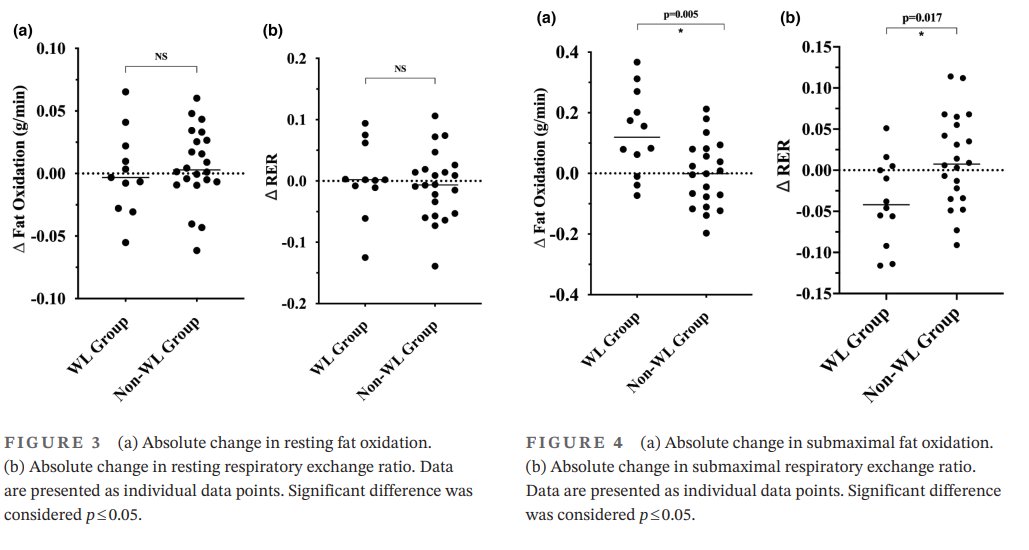In this one, acute exposure to simulated high (~2500m) or very high (~4000m) altitude prior to an OGTT did not appear to influence glucose homeostasis, insulin sensitivity, markers of oxidative stress or inflammation, in males with overweight with a men age of 32 years. 

- Previous research has shown that ≤60 min hypoxic exposure improves subsequent glycaemic control, but the optimal level of hypoxia is unknown and data are lacking from individuals with overweight.
- This study tried to examine the short-term effects of different levels of acute hypoxia on glucose tolerance, insulin sensitivity, markers of inflammation and oxidative stress and feasibility in males with overweight, a group predisposed to impaired glucose homeostasis.
- Acute exposure to simulated high (~2500m) or very high (~4000m) altitude prior to an OGTT did not influence glucose homeostasis, insulin sensitivity, markers of oxidative stress or inflammation, in males with overweight.
- However, the normobaric-hypoxic condition equivalent to a simulated altitude of ~4000m was associated with reduced tolerance of hypoxia, in terms of Acute Mountain Sickness symptoms, dyspnoea and participant safety.
Effect of different levels of acute hypoxia on subsequent oral glucose tolerance in males with overweight: A balanced cross-over pilot feasibility study (open access)
doi.org/10.14814/phy2.…
#MetabolicSyndrome
doi.org/10.14814/phy2.…
#MetabolicSyndrome
• • •
Missing some Tweet in this thread? You can try to
force a refresh

 Read on Twitter
Read on Twitter







